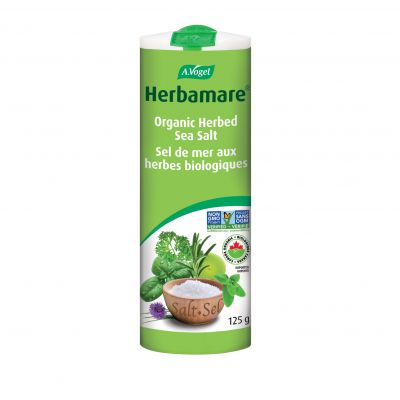The causes of sciatic pain are variable and encompass a wide range of underlying conditions like osteoarthritic bony spurs, disc herniation, trauma, narrowing of the spinal canal, spinal tumours, and chronic inflammation. Because nerves control muscle contraction, movement, pain, pressure, temperature any condition that affects a nerve will lead to a decrease of function in these areas (e.g. numbness, weakness, sharp/shooting pain etc.).
Who is prone to suffer from sciatica pain?
Despite its debilitating nature, sciatica only accounts for ~5% of cases of lower back pain, thus making it relatively rare. Gender nor body mass seem to be contributing factors, but age is directly related, as sciatica is rarely seen before the age of 20, and the number of cases peak in those 50 years-old and older. In many cases, it can resolve spontaneously; indeed, if a person begins to experience severe low back pain that spreads down the back of their leg they need medical attention.
Low back pain is commonly experienced during pregnancy, especially in the third trimester, but this is different from sciatica. Pregnancy itself is not a predisposing factor to sciatica, nor is the developing fetus pushing on the mother’s nerves… though maybe when it becomes a teenager this may be the case (joke!). If an expectant mother experiences low back pain and is indeed concerned, do not hesitate to speak with a health-care provider!
How do I know it is sciatica pain?
Diagnosis of sciatica begins with a clinical examination. During the visit, your health-care provider will perform a physical exam to “ruling out” conditions that mimic sciatica (e.g. piriformis syndrome) in order to narrow down the correct diagnosis. Some of these tests may include muscle strength test, tendon reflex, touch/pain sensation, and other orthopaedic techniques such as the “straight leg raises” (which—surprise, surprise!—can be a little bit unpleasant).
Finally, diagnostic imaging should be requisitioned to confirm the clinical diagnosis and to rule out “red flags” (i.e. potentially life-threatening conditions) that cannot be seen during a physical. Imaging may include plain x-rays, electrodiagnostic studies, CT scan, or MRI, which is requested if the symptoms are severe or if they persist beyond six weeks.
How to ease the pain
Conventional treatment includes bed rest and a wide selection of meds: painkillers/narcotics, intramuscular or epidural steroids, muscle relaxants, sometimes antidepressants and surgery (for severe cases). Unfortunately, scientific studies have failed to find evidence of efficacy for many of these treatments. This is potentially due to the diversity of the conditions that lead to sciatic pain and differences amongst individuals. Nevertheless, the fight against pain must go on.
Despite these setbacks, many sciatica sufferers do find relief from medication, but often times they wish to try other treatment options, namely “natural alternatives”. The evidence for such alternatives is also lacking in numbers, but treatments like acupuncture, massage and physiotherapy, hydrotherapy, etc. may help alleviate muscular tension and some of the pain. This may also hold true for topical use of essential oils–although absorption through the skin and their anti-inflammatory effects may differ, some essentials oils (e.g. peppermint, eucalyptus) do have soothing, cooling and/or warming effects that help numb pain perception.
While there isn’t a magic pill out there, there certainly are plant-based formulations that reduce inflammation and pain to levels comparable to non-steroidal anti-inflammatories—and yes, without the adverse effects often associated with medication overuse. These medicinal plants include Harpagophytum procumbens (Devil’s claw), Arnica Montana (topically only!), Curcuma long (turmeric), Hypericum perforatum (St. John’s Wort).
The dose and quality of plant-based products are directly related to their safety and efficacy. Unfortunately, many natural health products do not meet the right therapeutic dose and may be loaded with poor quality ingredients. Always communicate your health concerns to a physician or a licensed naturopathic doctor. In choosing a product that is right for you, a collaborative approach will only optimize your well-being and maximize your safety.
References
-The Clinical Effectiveness and Cost-Effectiveness of Management Strategies for Sciatica: Systematic Review and Economic Model. http://www.ncbi.nlm.nih.gov/books/NBK99305/
-Merck Manual – Sciatica
-http://www.msdmanuals.com/professional/musculoskeletal-and-connective-tissue-disorders/neck-and-back-pain/sciatica
-Epidemiology, Pathophysiology and Symptomatic Treatment of Sciatica: A Review http://ijpba.info/ijpba/index.php/ijpba/article/viewFile/335/229






